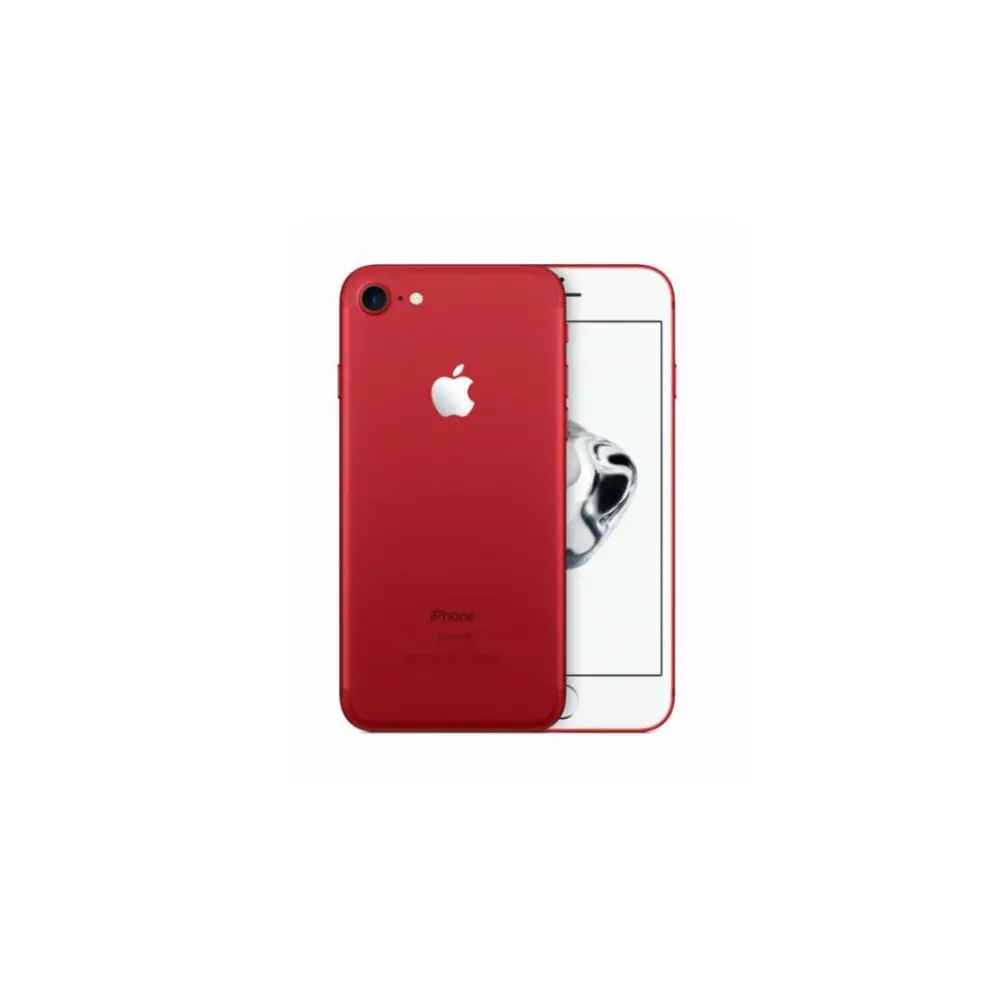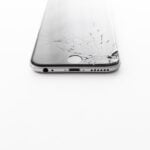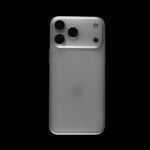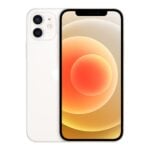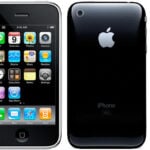The iPhone 7 is quite old and may not meet the needs of modern users. It was released in 2016 and does not support the latest iOS updates. It lacks many features found in newer models, such as a high-resolution display and Face ID. Despite its age, the iPhone 7 still works well for basic smartphone use. Its affordability is appealing for those on a budget. However, the iPhone 7’s lack of 5G connectivity and newer software updates may limit its usefulness compared to newer models. As newer iPhones are regularly introduced, the price of the iPhone 7 may decrease, making newer options potentially more attractive and cost-effective.
iPhone 7 in 2024: A Classic Still Holding Its Own
Released in 2016, the iPhone 7 might seem ancient in the fast-paced world of smartphones. However, it still holds its own in several areas and can be a viable option for budget-conscious users or those who prefer a smaller form factor.
Key Features That Still Shine
- Performance: The A10 Fusion chip remains capable for everyday tasks like web browsing, social media, and even some light gaming.
- Camera: The 12MP rear camera still takes decent photos in good lighting conditions, and the 7MP front camera is good enough for selfies and video calls.
- Design: The iPhone 7’s sleek design and compact size remain appealing to some users.
What to Consider Before Buying
| Feature | Status |
|---|---|
| Software Updates | No longer receiving major iOS updates. |
| Battery Life | Original battery will likely be degraded. |
| Storage Capacity | Might be limited for today’s apps and media. |
| 5G Connectivity | Not supported. |
| Camera Technology | Lacks features of newer iPhones. |
Is It Still Usable?
Yes, but with caveats. The iPhone 7 is still usable for basic tasks and can be a good option for:
- First-time smartphone users: It’s easy to use and learn the ropes on iOS.
- Budget-conscious buyers: Used or refurbished iPhone 7s can be found at affordable prices.
- Minimalist users: Those who primarily use their phone for calls, texts, and basic apps will find it sufficient.
Things to Keep in Mind
- Limited App Support: Some apps may not be compatible or may lack features due to the older iOS version.
- Battery Replacement: Consider replacing the battery for improved performance and longevity.
- Storage Management: Be mindful of your storage usage and utilize cloud storage or external options.
Conclusion
The iPhone 7 might not be the latest and greatest, but it’s far from obsolete. It remains a functional and affordable option for certain users. Consider your needs and expectations before deciding if the iPhone 7 is still a good fit for you.
Key Takeaways
- Older models like the iPhone 7 lack the latest features and updates.
- The iPhone 7 offers basic functionality for users with minimal needs.
- Prices for older iPhones may drop with the release of new models.
Evaluating the iPhone 7 in the Current Market
With the release of the iPhone 15 series, the iPhone 7’s place in the market requires careful consideration. Buyers should weigh its features against the latest models to determine value and utility.
Comparing iPhone 7 with Current Models
The iPhone 7 sports an older A10 Fusion processor in contrast to the more advanced chips found in the iPhone 13, iPhone 14, and iPhone 15 series. Its camera capabilities fall short when lined up next to the sophisticated camera systems of the iPhone 15 Pro and iPhone 15 Pro Max, which boast better sensors and computational photography. Design-wise, the iPhone 7’s look is dated, and it lacks current storage options and the improved battery life of newer models.
- Processor: A10 Fusion (iPhone 7) vs. A15 Bionic and newer
- Camera: Single rear camera (iPhone 7) vs. Multiple lens systems (iPhone 15 series)
- Design: Older, smaller screen (iPhone 7) vs. Larger, edge-to-edge displays
- Storage: Limited options (iPhone 7) vs. Up to 1TB (iPhone 15 Pro)
- Battery Life: Shorter (iPhone 7) vs. Longer (iPhone 15 series)
Understanding the Value Proposition
When looking at the iPhone 7, its price is markedly lower than the iPhone 15 lineup. However, cost should not be the sole determining factor. The iPhone 7 no longer receives iOS updates, impacting both security and feature access. In contrast, even an iPhone SE offers a more recent processor and continued software support at a similar price point.
- Price: Less expensive (iPhone 7) vs. Higher-priced (iPhone 15)
- Cost Over Time: Longer support, better features may offset initial savings
- Upgrade Potential: iPhone SE as a budget-friendly alternative with newer tech
In short, the iPhone 7’s relevancy has diminished in light of both recent iPhone releases and its discontinuation from official iOS support. The decision to purchase should hinge on current technological needs and the importance of operating system updates.
Technical Aspects and Ecosystem Considerations
When considering the purchase of an iPhone 7, technical specifications and the broader ecosystem play critical roles. These aspects determine the device’s performance and compatibility within the Apple family of products.
Hardware and Software Compatibility
The iPhone 7 runs on the A10 Fusion Chip and typically offers 2GB of RAM. This hardware supports many apps and most tasks with ease. However, new apps designed for more recent iPhones may not perform as smoothly. The iPhone 7 includes Touch ID for security and features a click-less Home Button, different from newer models. For charging and data transfer, this phone relies on a Lightning connector, while newer devices have shifted to USB-C.
IOS Updates and Support Lifecycle
Software updates are vital for security and functionality. The iPhone 7 originally came with iOS 10, and the typical support lifecycle means that iOS updates are available for around five years. With the release of iOS 17, the iPhone 7 may not receive new software updates, and over time, apps might lose compatibility or no longer receive security patches.
- iOS 10: Initial operating system
- iOS 17: May not be supported
Accessory Compatibility and the Apple Ecosystem
The iPhone 7 supports Lightning-connected accessories but lacks wireless charging and fast charging capabilities found in later models. Integration within the Apple ecosystem is more limited; some newer features that require more recent hardware may not be available. Water resistance is a feature of the iPhone 7, making it more durable against spills and splashes than previous models. Users considering the ecosystem benefits must evaluate if the iPhone 7 meets their needs, especially considering device synergy with AirPods, Apple Watch, and newer MacBooks.

